Specifications:
- Capacity: The capacity of an ETP is determined by the volume of wastewater that needs to be treated. It is usually measured in terms of liters per hour (LPH) or cubic meters per day (CMD).
- Treatment Processes: ETPs can use various treatment processes such as physical, chemical, and biological processes to remove pollutants and contaminants. The selection of the treatment processes depends on the characteristics of the wastewater.
- Screening and Grit Removal: Screens and grit chambers are used to remove large solids and grit from the wastewater before it enters the treatment process.
- Equalization Tank: An equalization tank is used to ensure a uniform flow of wastewater to the treatment process, and it also helps in reducing the shock loads to the treatment process.
- Primary Treatment: The primary treatment process involves the removal of suspended solids, oil, and grease from the wastewater using physical and chemical processes, such as sedimentation, coagulation, and flocculation.
- Secondary Treatment: The secondary treatment process involves the removal of dissolved organic matter, nutrients, and other pollutants from the wastewater using biological processes such as activated sludge, trickling filter, or rotating biological contactor (RBC).
- Tertiary Treatment: Tertiary treatment is the final step in the ETP, and it involves the removal of any remaining contaminants from the treated wastewater using advanced treatment processes such as membrane filtration, activated carbon adsorption, or UV disinfection.
- Sludge Treatment: ETPs also generate sludge, which is the byproduct of the treatment process. Sludge is treated using processes such as anaerobic digestion, aerobic digestion, or dewatering to reduce its volume and stabilize it for disposal.
- Monitoring and Control: ETPs should have a monitoring and control system to ensure that the treated water meets the specified quality standards and to maintain the efficient operation of the plant.
- Effluent Discharge Standards: The treated water must meet the local regulatory standards for discharge into the environment. The discharge standards can vary depending on the receiving water body and the type of wastewater being treated.











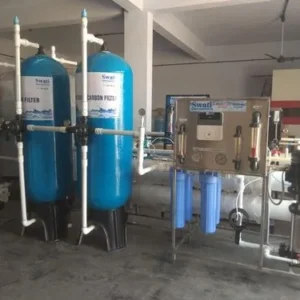
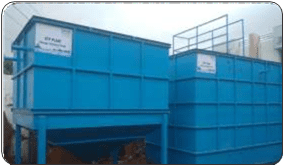

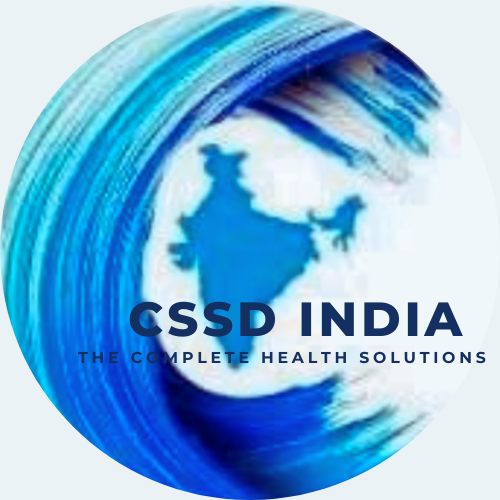




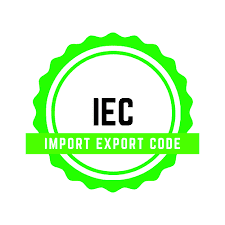
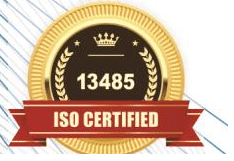
Reviews
There are no reviews yet.